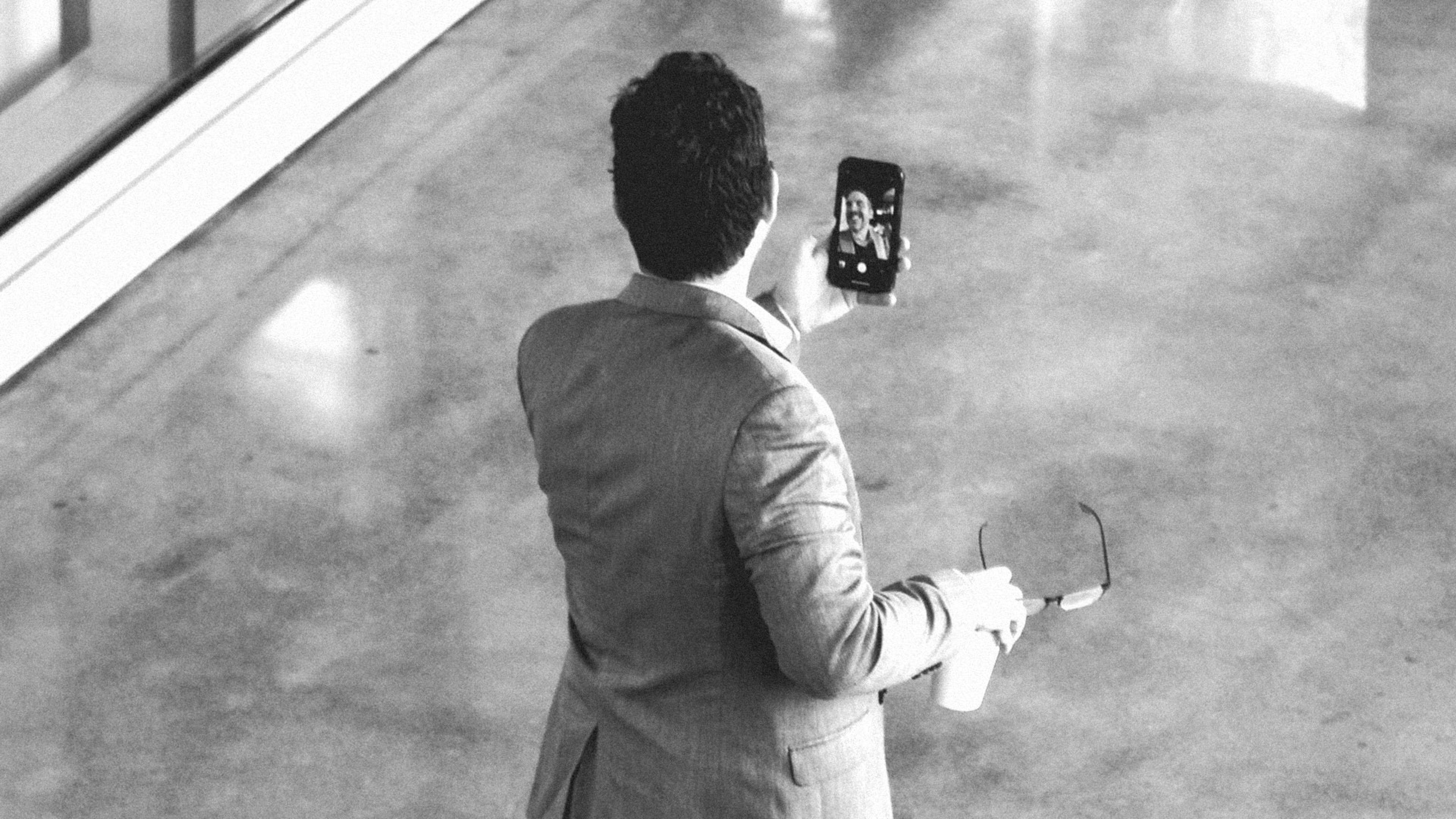First impressions are made in nanoseconds, based largely on body language and vocal tone. What is less widely known is that body language also influences how we feel and the feelings we generate in others.
According to well-known research, 55% of communication comes from body language, 38% is in the tone of voice, and 7% is in the actual words that are spoken. While that data has been quoted and challenged in equal measure, and no formula is absolute, researchers consistently agree that body language and tone of voice play a significant role in how our messages are received and how we are perceived.
The chemistry of body language
Hundreds of chemicals racing through each of our bodies dictate how we think, feel, speak, and behave. Most of us operate largely at the mercy of those chemicals, experiencing thoughts, reactions, and emotions without realizing that we can strategically influence them through how we breathe, move, think, and communicate. The ability to detect and actively manage the balance of certain chemicals is called physical intelligence, which underpins our cognitive and emotional intelligence.
There are hundreds of techniques to improve physical intelligence. These few will help you take control of your body language and stress levels so that you feel more confident and connected and generate positive feelings in others.
Center yourself and breathe
The act of taking the lead in critical situations tends to be by people who use open, expansive body posture, rather than by people who have been assigned a leadership role. Good posture matters. It enables us to feel stronger, more alert, and at ease. Start by placing your feet flat on the floor and focus on being rooted in that spot. This creates a feeling of emotional and mental balance by lowering the stress chemical cortisol and boosting the balance chemical acetylcholine. This elevates testosterone and serotonin, which helps us feel more confident. We can then communicate that confidence to others and help them feel more confident too.
Posture and breathing go hand in hand. Good posture gives our lungs room to expand. How we breathe affects our stress levels, which impact cognitive function, and vice versa. Paced breathing releases acetylcholine. It counteracts adrenaline and empowers us to feel mentally and emotionally stable, confident, and able to handle situations with clarity, balance, and control.
Allocate 10 or more minutes daily to breathing diaphragmatically, with a steady count of in through the nose and out through the mouth. In and out counts can be different, so explore counts that are comfortable for you. A study of South African bankers found that after 21 days of paced breathing, they achieved an average of 62% improvement in cognitive capacity on complex decision-making tasks, whereas poor breathing led to procrastination and delaying important decisions.
Recognize the power of simple eye contact
Connecting visually is one of the most significant aspects of body language, whether meeting in person or virtually. Eye contact boosts oxytocin, which is the social-bonding-and-trust chemical that forges closer connections and elevates serotonin. Poor eye contact conveys a lack of confidence and leads people to question if they can trust us.
To maintain eye contact in videoconferences, for example, smile into the camera and make sure that your smile reaches your eyes. Smiling at yourself boosts serotonin, while smiling at others boosts oxytocin, building chemically fueled rapport with them.
Stay mindful of expressions
If stress is high, our facial expressions and gestures can become rigid, making it difficult to connect and collaborate, and can erode confidence. To combat this, be cognizant of your reactions from the top down. Even friendly or neutral gestures should be limited and purposeful.
Speak up
Proper projection, volume, and vocal flexibility help capture and hold others’ attention. Clipped vowel sounds and shortened words create the impression that we don’t care about others. Elongated vowel sounds in the English language (and in most languages) carry emotion. Stress also impacts vocal quality. If we’re too stressed, our voices become thin and tight, speech accelerates, and we sound more hesitant, which conveys self-doubt and lack of confidence. We need vocal strength and flexibility.
Managing stress through good posture and breathing is the foundation of effective body language. These building blocks help us make effective eye contact, facial expressions, gestures, and vocal tone, which enable us to connect and communicate better. This reinforces our credibility and builds trust at the same time.
Patricia Peyton is the award-winning author of Physical Intelligence and a corporate body language specialist.
Recognize your brand’s excellence by applying to this year’s Brands That Matter Awards before the early-rate deadline, May 3.
